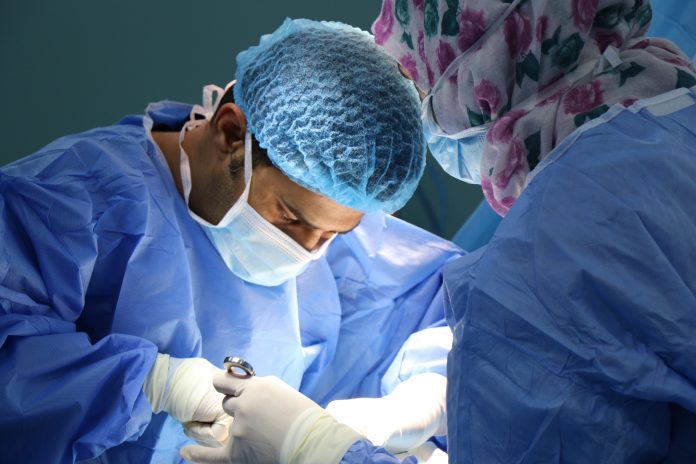Hypospadias is a congenital condition common in infants where the tip of the penis is on the underside. It is a rare condition hereditary in families with hypospadias history. A child with this condition is born with it, and later, certain hormones stimulate malfunctioning, and the urethra develops abnormally. It’s advisable to treat the disease early to prevent future problems such as difficulties in urinating while standing or performing sexual intercourse.
Table of Contents
How to Treat Hypospadias
This condition can be mild or severe. In mild cases, it’s not a must for treatment. However, surgery is recommended to avoid further problems when the boy grows into adulthood. If the condition is severe, it’s hard to urinate when standing, or splashes appear when urinating, surgery must be performed. Again, the operation needs to be carried out if the penis is bent for sexual activity in the future.
Best Time for Surgery
The best time to carry out surgery is before the child goes to school to socialize with other kids. At this stage, surgery isn’t complicated. If left until adulthood, it cannot be easy to perform it, forcing them to live with hypospadias for the rest of their lives.
Operations to Perform Hypospadias
Several surgeries can be carried out to perform hypospadias, and it’s upon the doctor to know which works best for the child. If the condition is mild, the operation can be carried out once, and the child stays in the hospital for less time. However, if the disease is severe, the doctor may be needed to perform the surgery twice.
In the first surgery, the doctors carry out a skin graft to straighten the penis. The second surgery can be carried out after six months, where the doctor moves the opening and transfers it to the end of the penis and repairs the tip. During the operation, anesthetic is administered to the child. After the surgery, they are given pain relievers to help ease the pain.
After the Surgery
After surgery, the child uses a catheter until all the wounds are healed. There’s no need to remove the stitches because they are dissolvable. Though the boys can go home after 24 or 48 hours, they must stay with the catheter between seven to twelve days. The mothers then take their boys back to the doctor to remove the catheter. It’s advisable to go for check-ups later to see how the condition is fairing.
Risks of Hypospadias Repair
Hypospadias repair services can involve risks, including infections, bladder spasm, stenosis, and fistula. Again, like other surgeries, there is bleeding during and after the surgery. However, these risks are rare and can be corrected.
Though hypospadias is a rare congenital condition, mothers should ensure that their children are operated while still young. If not, they could suffer in their adulthood more so when they need to start a family. They should also visit qualified doctors to avoid causing more harm to their sons. Hypospadias is treatable, and a child born with the condition can live a healthy life like other kids.



















